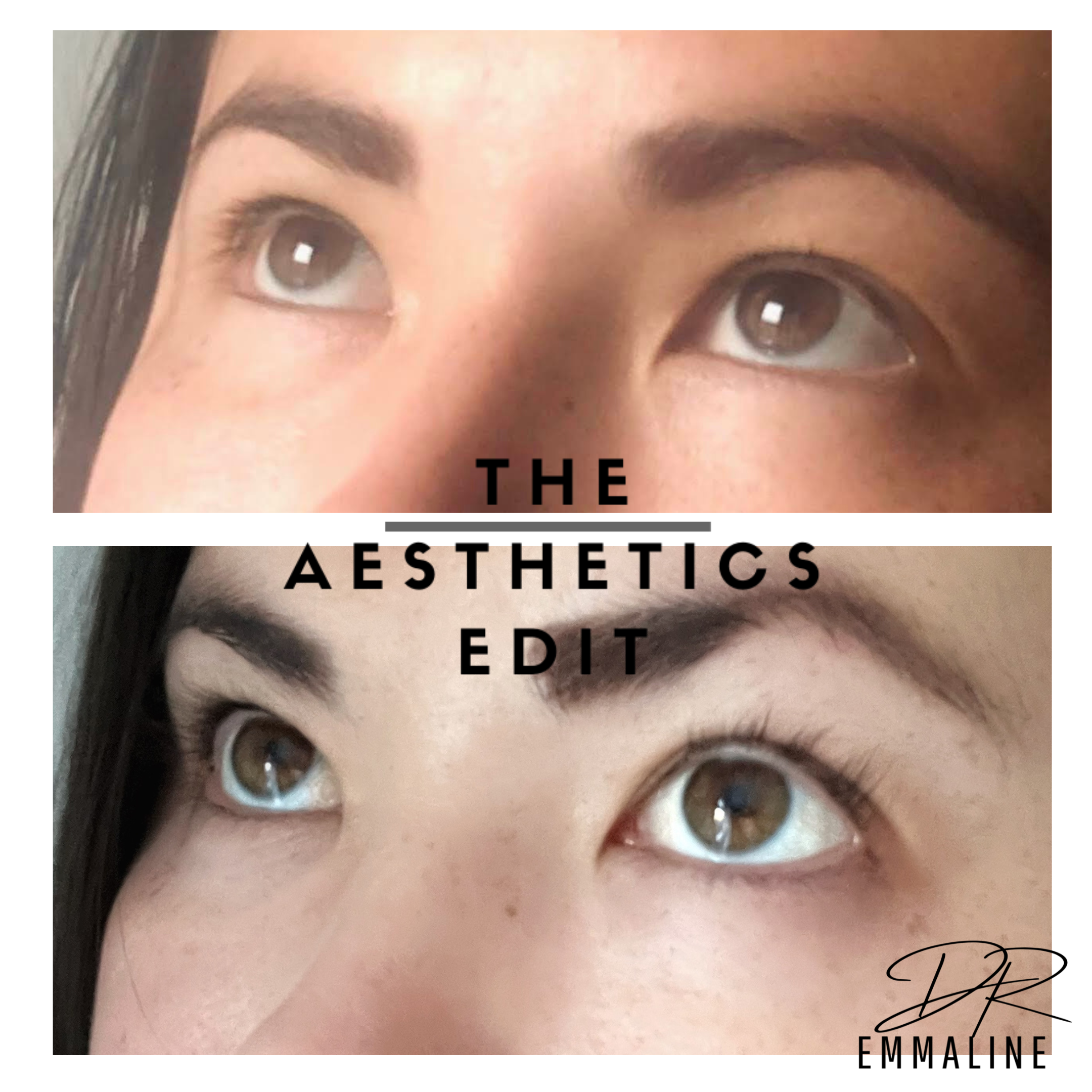What is “Ozempic Face?”
Weight-loss medications have been making headlines recently, partly due to the celebrities, controversy, and some medical misgivings. Along with this, is the rise of the phenomenon known as "Ozempic face.”
So what exactly is this medication everyone is talking about, and what are some of the medical and aesthetic side effects?
“Ozempic Face” coined by Dr. Paul Jarrod Frank, a renowned cosmetic and celebrity dermatologist, refers to the facial side effects associated with the use of semaglutide, a medication branded as Ozempic. It was originally approved for the treatment of type 2 diabetes in adults and chronic weight management in the NHS.
Semaglutide operates by mimicking incretin, a hormone that ensures the pancreas releases enough insulin when blood glucose levels spike. It also slows down gastric emptying, making a person feel fuller for longer periods and thereby consuming fewer calories.
It has been marketed by some as a way to achieve rapid weight loss, even without a medical prescription. This surge in off-label use has led to a limited supply in the United States and the United Kingdom for diabetic patients. Even more worrying, non-medics have been selling counterfeit or illegal versions of this medication online, leading to serious harm, hospitalisations, and near-death episodes.
While the drug is effective in promoting weight loss and managing diabetes, Ozempic can cause a range of other symptoms from mild - such as nausea, abdominal pain, and diarrhoea - to severe - including vision changes, kidney injury, and pancreatitis. Despite these potential risks, the allure of quick weight loss has overshadowed the medication's primary purpose for many, prompting discussions about the ethical implications of such off-label use.
While it certainly has its place as part of a medical weight-loss management plan under the appropriate care, concerns have been raised about its misuse as a “quick fix” to shed pounds in people for whom it is not medically indicated.
Its impact on facial aesthetics has also raised concerns. Rapid weight loss, especially pronounced on the face, can lead to a decrease in facial fat, which is crucial for maintaining skin elasticity and fullness. The resulting "Ozempic face" is characterized by increased signs of aging, sagging skin, and a hollowed-out appearance, as the skin loses its ability to retract after substantial weight loss.
To counteract the facial side effects, healthcare providers may recommend various strategies, including dosage adjustments, switching medications, or incorporating lifestyle changes and dietary modifications. Of course, the use of facial aesthetic treatments like fillers have been recommended to counteract some of the volume loss associated with Ozempic.
This narrative surrounding Ozempic not only underscores the complexities of modern medical treatments but also reflects broader societal pressures around body image and the quest for an idealised physical appearance. It raises important questions about the balance between the benefits of medical innovations and their unintended consequences when used beyond their intended scope.
See our summary slides below:













It shouldn’t be complicated or controversial to say that a medical specialty should be medical. Unfortunately, in this case, it sometimes is.
Aesthetic medicine is exactly that - a medical specialty. Unfortunately, lack of regulation in the UK has trivialised this specialty, and while it clearly is related to beauty, it is vitally important that it is understood to be completely distinct and separate from beauty. Medical aesthetics treatments are NOT beauty treatments.
Beauty treatments, make-up, fashion - these all follow trends that are influenced by place, time, and culture.
Medical treatments should not be based on trends.